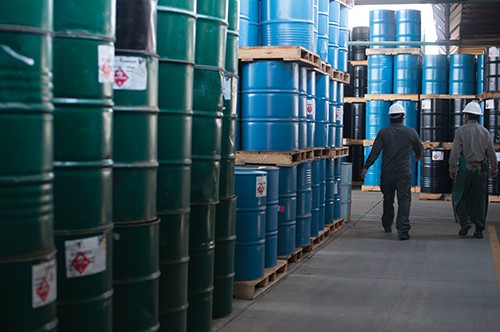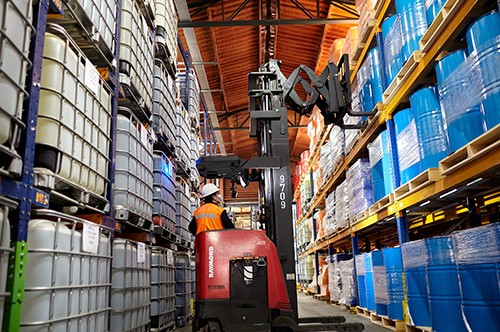
PUBLICATION
South Africa Chemicals 2006 IHS CW Release
There are several sectors pushing growth in South Africa, a good example being the automotive sector, and chemicals companies are tapping into this growth supplying coatings, plastics and chemicals for paints, interior parts, break fluids and antifreeze. Local research and development companies capable of global developments are also experiencing strong performance. Karbochem is a clear example of such, having developed in-house technology for high performance tyres. Other prominent technological developments include Sasol’s unique liquid-to-gas methods that are currently being sold to China with other major gas producing countries showing increasing interest.
Although South Africa is increasingly confident of its position on the world stage, there are still major challenges ahead to be overcome in order to remain competitive. Companies such as Chemical Services Limited (Chemserve) have restructured their operations to better compete with extremely flat and efficient organizational structures. A subsidiary of AECI, one of the largest groups in the country, Chemserve is a group of twenty-two chemicals related companies operating in diverse sub-sectors across South Africa. Each company offers a full service package of products, services and knowledge to their customers and manages their own core activities.













